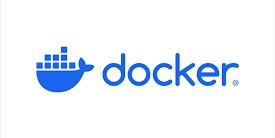Introduction.
Docker has revolutionized the way developers build, ship, and run applications. But if you’re new to it, the learning curve can feel steep. This guide will walk you through Docker basics so you can start containerizing your apps like a pro.
What is Docker?
Docker is a platform that allows you to package applications into containers—lightweight, standalone, and executable software units. Unlike virtual machines, containers share the host OS kernel, making them faster and more efficient.
Installation
Download Docker (Official Site)
Windows/macOS: Install Docker Desktop
Linux: Use your package manager (sudo apt install docker.io)
Verify installation:
docker --version
** Your First Container**
Let’s run a simple Nginx web server:
docker run -d -p 8080:80 --name my-nginx nginx
-d → Run in detached mode
-p 8080:80 → Map port 8080 on your machine to port 80 in the container
–name → Assign a name to your container
Visit http://localhost:8080—you should see the Nginx welcome page!
Key Docker Commands
Command Description
docker ps List running containers
docker build -t my-app . Build an image from a Dockerfile
docker stop Stop a running container
docker rm Remove a container
Next Steps
Learn about Dockerfiles to customize your containers
Explore Docker Compose for multi-container apps
Dive into Docker Hub for pre-built images
Docker unlocks consistency across environments—start small, experiment, and soon you’ll wonder how you lived without it!
Discussion: What was your first Docker project? Share below!





